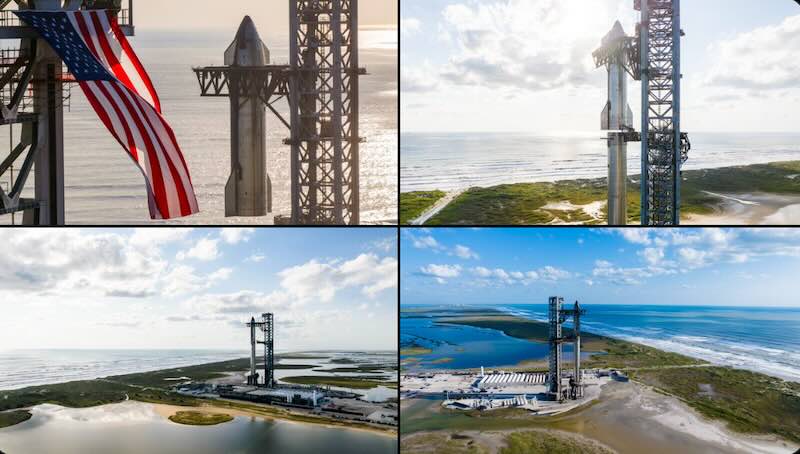SpaceX’s eighth test flight of its massive Starship rocket system ended in failure today when the vehicle experienced what the company described as “a rapid unscheduled disassembly” during its ascent phase. This comes as a significant disappointment following two successful catches of the Super Heavy booster in previous missions.
The Starship rocket, currently the largest and most powerful launch vehicle ever built, lifted off as planned but teams quickly lost attitude control and subsequently all contact with the main ship. The failure occurred despite recent successes with the complex “catch” maneuver of the first-stage Super Heavy booster.
Engineers at SpaceX are now working to understand exactly what went wrong. According to a statement posted on X, SpaceX has “immediately begun coordination with safety officials to implement pre-planned contingency responses” while they “review the data from today’s flight test to better understand root cause.”
This iterative testing approach has been central to SpaceX’s development strategy. Rather than spending years on ground testing, the company opts for rapid prototyping and real-world flight tests that provide valuable data even when they don’t achieve all objectives.
The emotional impact of the failure was evident in comments from SpaceX staff. Xander Mirzadeh, Supervisor of Starship Heat Shield development, shared on social media: “Flight 8 hit me hard. Watching Starship fall after pouring everything we had into it cuts deep. It hurts — because we care. Because we know what’s at stake.”
In a follow-up post, Xander expressed gratitude for public support, noting that “Every setback is painful, but they remind us why we push forward and how many believe in this journey.”
Today’s setback follows a pattern familiar to those who’ve followed SpaceX’s development programs. The now-reliable Falcon 9 rocket experienced multiple failures during its early testing phase before becoming the workhorse of the company’s launch fleet.
The Starship program represents significantly greater technical challenges, however. The vehicle is designed for full reusability and must withstand extreme conditions during both ascent and re-entry, all while maintaining the precision necessary for controlled landings.
SpaceX has consistently treated test failures as learning opportunities rather than roadblocks. SpaceX’s rapid iteration philosophy means we’ll likely see another Starship test flight in the coming months, with modifications based on data collected from today’s mission.
While this represents a temporary setback for the Starship program, the company’s track record suggests they’ll continue pushing the boundaries of rocket technology. After all, when you’re building Starships to the stars, not every launch can be out of this world.
Related Post
SpaceX $1.8B Florida Expansion: Gigabay Facility & New Starship Launch Pad Coming by 2025
SpaceX Reveals Starship 7th Failure Cause, Plans Friday Launch of Flight 8
SpaceX Starship Test Flight 7: Successful Launch, Booster Catch & Unexpected Ascent Breakup
